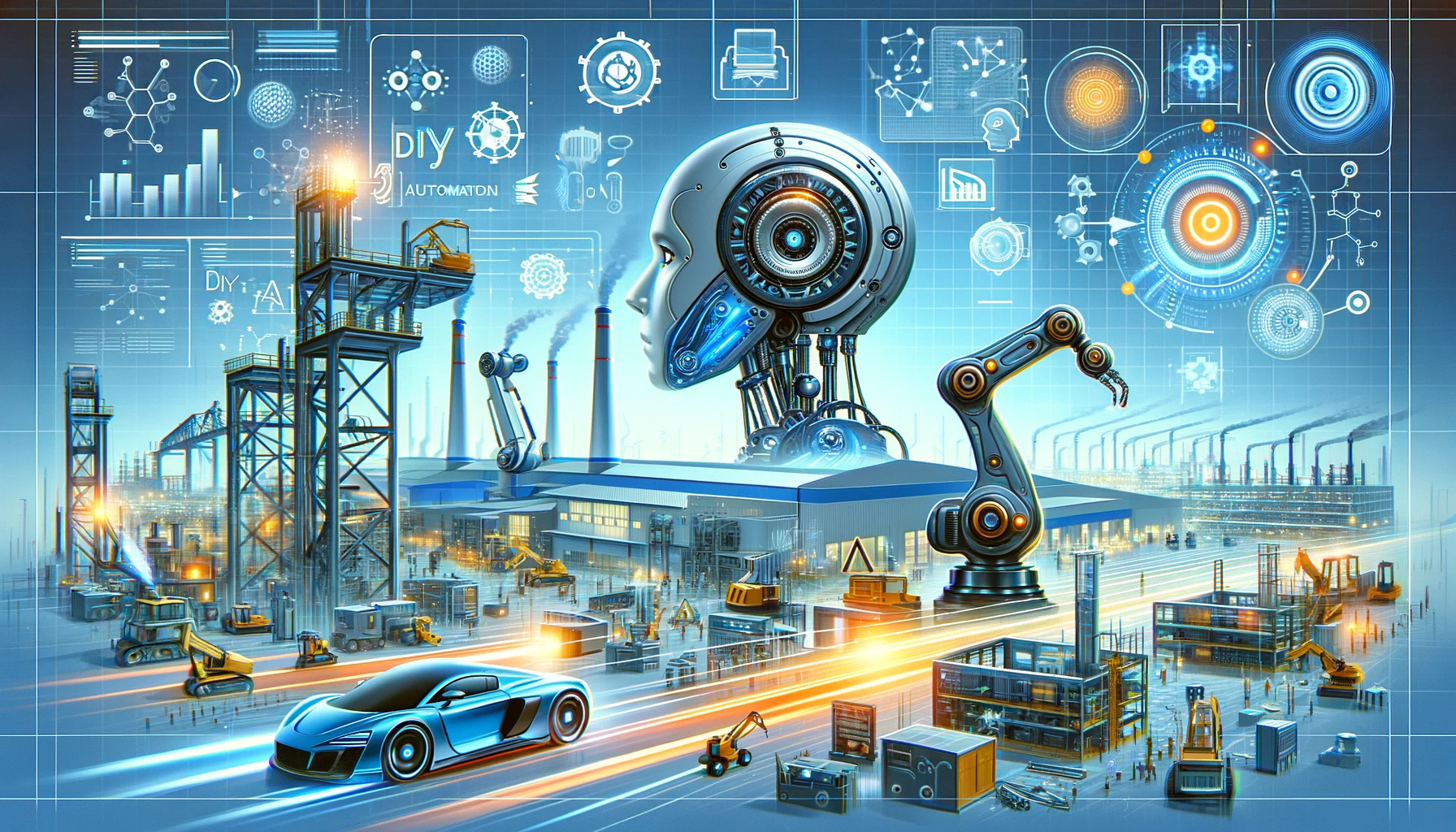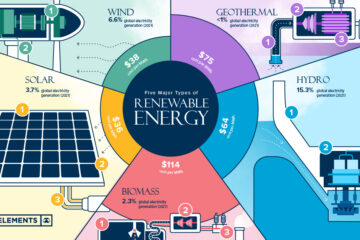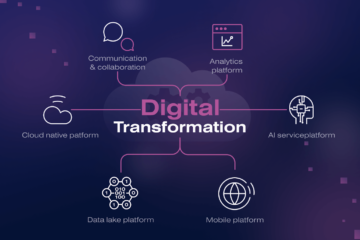The landscape of industrial automation is rapidly evolving as technology advances at an unprecedented pace. Keeping abreast of these innovations is crucial for companies aiming to stay competitive. Several groundbreaking trends are set to redefine the field, influencing how industries operate and thrive. Understanding these trends can give businesses the tools to implement more effective and efficient systems.
This article explores the key trends shaping industrial automation, providing insights that will help businesses harness these technologies efficiently. As we dive into each trend, we’ll see how they collectively contribute to the transformation of industrial operations.
Industrial Internet of Things (IIoT)
The Industrial Internet of Things (IIoT) is a cornerstone of modern industrial automation. The Internet of Things (IIoT) improves data collecting and analysis, enabling better-informed decision-making by linking equipment, devices, and systems. Networked devices can monitor real-time performance, providing engineers and managers actionable insights. This real-time data is crucial for optimizing operations, detecting faults, and improving product quality.
According to a TechCrunch report, the adoption of IIoT is expected to surge in the coming years, further integrating technology into industrial frameworks. IIoT solutions enable predictive maintenance, asset tracking, and energy management, essential for improving efficiency and reducing costs in industrial environments.
Integration of AI and Machine Learning
Integrating Artificial Intelligence (AI) and Machine Learning (ML) into industrial systems is revolutionizing factory operations. AI and ML algorithms may process large volumes of data from numerous sensors and devices, enabling predictive maintenance of machinery and equipment. This means that machine downtime can be drastically reduced, and the lifespan of industrial equipment can be extended through timely interventions. Companies are leveraging AI and ML to optimize production lines, ensuring smoother and more efficient operation cycles, increasing productivity, and reducing operational costs.
Recent advancements in AI have significantly impacted various sectors, and industrial automation is no exception. AI-driven analytics can identify patterns and anomalies that human operators might miss, enabling better decision-making and faster response times to potential issues.
Edge Computing
Edge computing is a game-changer, bringing computing power closer to the source of data generation. This reduces latency and bandwidth, making it ideal for real-time applications in industrial automation. In traditional systems, data is sent from the devices to a central server for processing, which can cause delays. However, with edge computing, the processing is done locally, allowing businesses to react more swiftly to changes in their processes, enhancing responsiveness and efficiency.
Edge computing also reduces the load on central data servers and minimizes the risk of data breaches during transmission. Businesses may improve data security and privacy by ensuring that sensitive data stays within their local network thanks to the processing capacity on the edge.
Digital Twins
Digital twins, virtual replicas of physical systems, offer immense benefits for industrial applications. They allow companies to simulate processes and predict outcomes without physical trials, making testing new designs easier and improving operational efficiencies. Digital twins provide real-time insight into system performance, enabling proactive maintenance and better resource management. By modeling various situations, businesses may detect problems before they arise and make data-driven choices to enhance operations.
In addition to enhancing maintenance and operational efficiency, digital twins facilitate better employee training. Workers can interact with virtual models to understand complex systems and processes, improving their competency and reducing the risk of errors in the actual production environment.
Cybersecurity in Industrial Automation
With the digitization of industrial automation, the importance of robust cybersecurity measures cannot be overstated. It is essential to defend vital infrastructure against online attacks. Advanced security protocols help safeguard data integrity and prevent unauthorized access to sensitive systems, ensuring industrial processes’ continuous and safe operation. This is especially important as cyber-attacks become more sophisticated and frequent.
Implementing strong cybersecurity measures involves a combination of hardware and software solutions, employee training, and regular security audits. Businesses must be proactive and watchful when patching such vulnerabilities to safeguard their resources and operations from cyberattacks.
Collaborative Robots (Cobots)
Collaborative robots, commonly known as cobots, are transforming manufacturing environments. Designed to work alongside human employees, cobots enhance productivity and safety. Unlike traditional industrial robots, cobots are flexible and easily programmable for various tasks, working near humans without extensive safety barriers. This makes them ideal for small and medium-sized enterprises that require adaptable solutions for their manufacturing processes.
Cobots have sensors and AI capabilities to detect and respond to human workers’ presence, ensuring safe and efficient collaboration. This synergistic relationship between humans and cobots leads to improved workflow, higher productivity, and reduced workplace injuries.
Sustainability and Green Manufacturing
Sustainability is becoming increasingly important in industrial automation. Green manufacturing practices aim to reduce waste, implement energy-efficient processes, and incorporate renewable energy sources. Companies are adopting these technologies to minimize their environmental impact, comply with regulatory demands, and meet consumer expectations for sustainability. The demand for corporate social responsibility and the increased knowledge of environmental concerns drive this trend towards green manufacturing.
Implementing sustainable practices can also lead to long-term cost savings. Energy-efficient machinery, waste reduction techniques, and renewable energy sources can reduce operational costs and improve the bottom line. Businesses prioritizing sustainability may also enhance their brand’s reputation and draw in investors and consumers who care about the environment.
In conclusion, innovative trends in industrial automation, such as AI integration, advanced robotics, and IoT connectivity, are revolutionizing production processes. These advancements enhance efficiency, precision, and flexibility, driving the industry towards more intelligent, more adaptive operations. Embracing these technologies ensures competitiveness, sustainability, and continued growth in the evolving industrial landscape.
Stay in touch to get more updates & news on Hintinsider!




